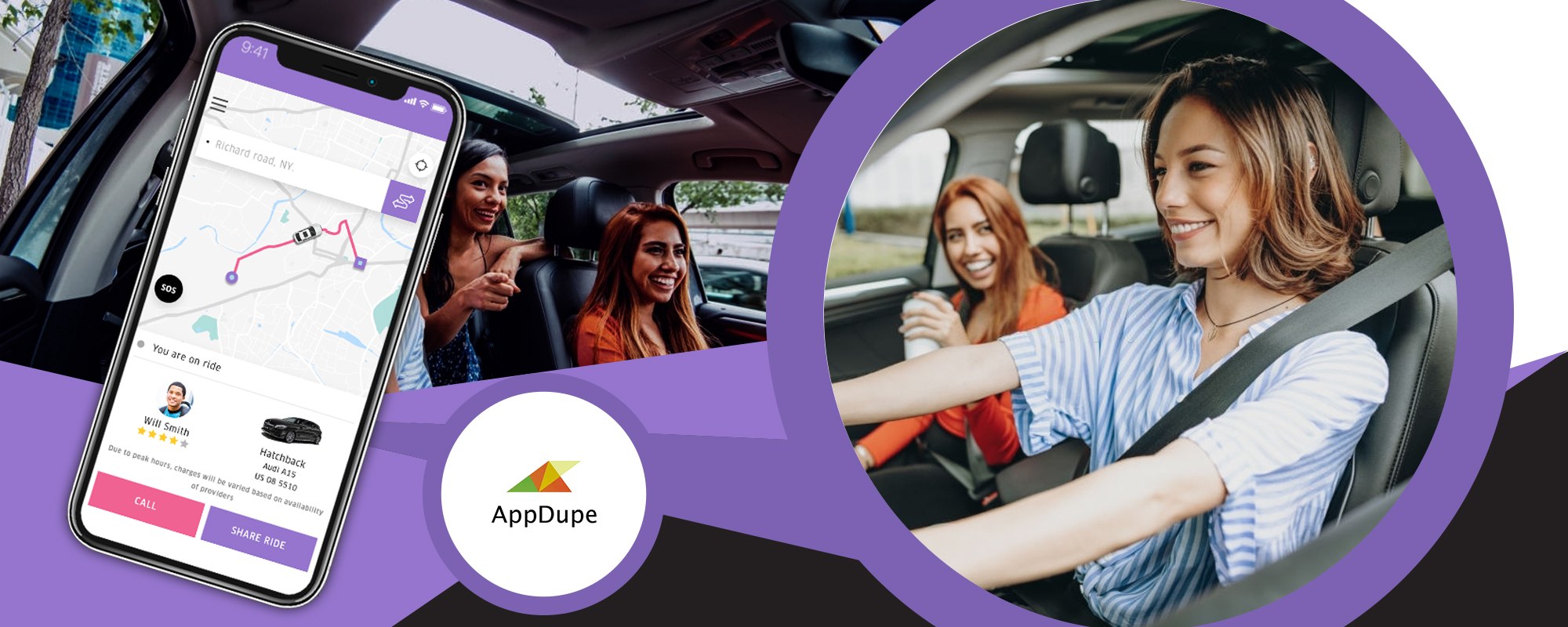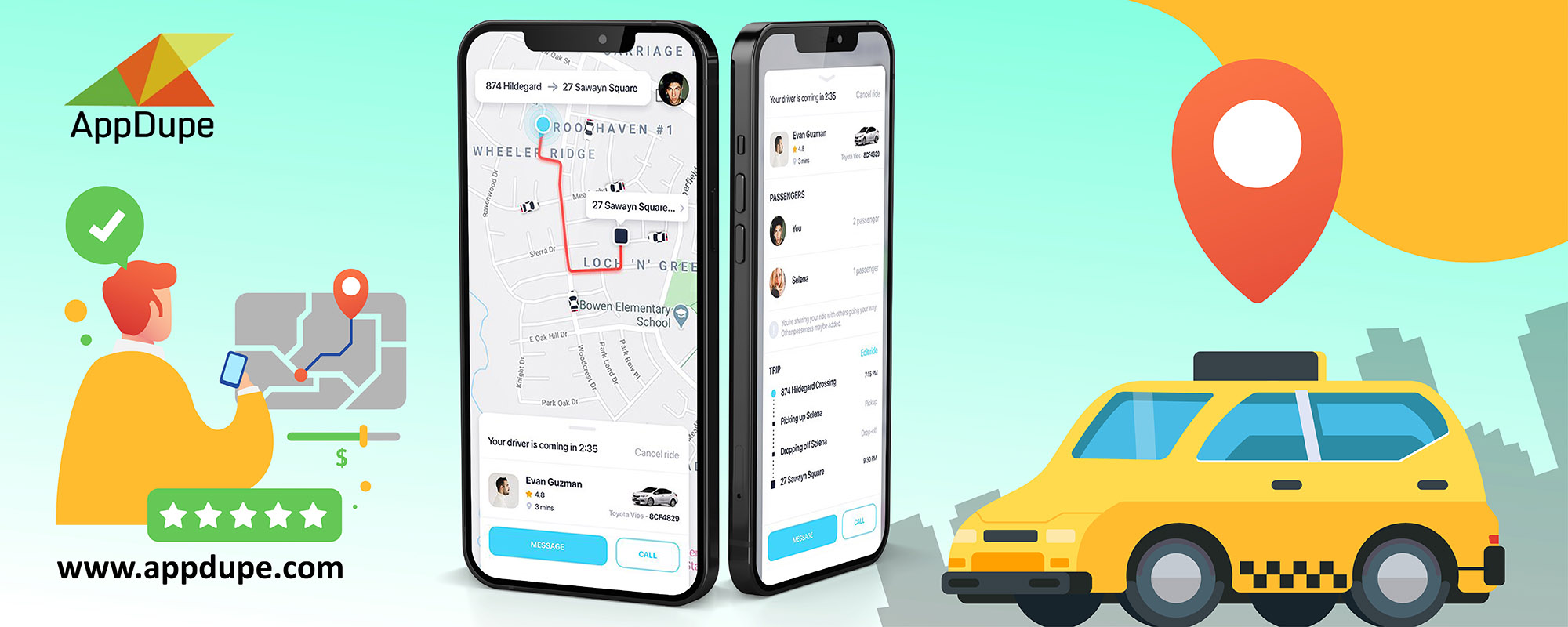RideAustin Clone: Guide To Launching A Community-driven Non-profit Ride-sharing App Specifically For Women Safety
Author Uber Clone
If there is one news that affects us psychologically, it is women’s safety getting hampered one way or the other. Don’t you think it is the responsibility of the community to safeguard women in that respect? A taxi booking platform not only works on the supply-demand principle but also operates on the trust of its passengers. Hence, it is quite clear that while it is challenging to build a taxi empire, it is relatively easier to run out of business without the ‘trust’ factor.
What if there’s a community-driven non-profit ride-sharing app explicitly focusing on women’s safety? Such a mechanism is the need of the hour, with an increase in safety concerns and issues. Not to mention the fact that RideAustin, a ride-sharing platform based on Austin, Texas, operates in this community-driven approach and has gained massive success. Are you a social entrepreneur who wishes to implement technological solutions to community issues? This blog provides a clear visualization of how to launch a ride-sharing app like RideAustin.
The rise of RideAustin and its aftermath
Let’s roll back in years to visualize the reasons that led to the popularity and success of RideAustin.
Austin, Texas
2014
- Taxi app giants Uber and Lyft established their business in Austin, following a temporary ordinance by the government to let taxi businesses operate in the region.
2015
- Both Uber and Lyft were an instant hit, with Uber completing more than 2.5 million rides in the first year.
- The Austin City Council looked into the safety regulations of these apps and wanted to implement strict norms to enhance passengers’ safety. These regulations include fingerprints-based background checks of drivers, the logo of the ride-sharing company visible on the cabs, and some restricted areas where pick-up and drop-off aren’t permitted due to safety concerns.
- Austin people stood by the council and wanted enhanced passenger safety.
2016
- Uber and Lyft left the picture, failing to agree on terms with the city council. The departure of the taxi giants had left a void, huge enough to be filled by startups and small scale businesses.
- A transparent, community-driven, non-profit ride-sharing platform, named RideAustin, rises to the occasion. The company is powered by donations from the Austin tech community and the community as a whole.
2017
- RideAustin managed to occupy 50% of the entire taxi market in Austin, completing more than 2 million rides in its first year.
- The State of Texas lifted the safety regulations like fingerprint checks, etc., propelling the re-entry of Uber and Lyft.
- RideAustin still manages to hold 50% of the market, mainly due to its safe and transparent services.
The success of RideAustin has propelled various social entrepreneurs to establish their RideAustin Clone, keeping the women’s safety at the forefront.
Strategies to escalate women’s safety in a ride-sharing app

Gaining the trust of customers is a mammoth task for any business. But if you can crack the basics of instilling precautionary measures of safeguarding, trustworthiness becomes a cakewalk. Some of the strategies include,
- Features speak for themselves: It is the platform’s features that lets your customers know that you care for their safety. Features like sharing live locations with friends/family, SOS facility to reach out to the community instantly, and many more are positive signs, sowing the seeds of trust among the passengers.
- Preference to women drivers: According to a study by the University of Chicago and Stanford University, almost 27% of Uber’s drivers are female. This number can significantly increase when focused on a particular community rather than seeing the big picture. By letting women drivers offer services to passengers, your platform can play a crucial role in women empowerment and ensure the well-being of the community.
- Achieving equilibrium between economy and safety: An increase in fare can significantly impact your platform’s economy. A noticeable number of people find it challenging to pay higher fares just because they get enhanced safety standards. Achieving a perfect balance between the revenue for drivers and safety for passengers becomes a necessity.
Driver verification norms can make all the difference
Any ride-sharing platform has drivers as its backbone. There is no point in implementing strategies if you let any Tom or Harry provide ride services. A mechanism to filter drivers based on their history by a background check becomes mandatory. It is advisable to follow a specific set of driver verification norms. They include,
- During the registration process, make sure that the drivers upload all the necessary details, including vehicle registration number, insurance document, the license of the driver, and many more.
- Once the documents are submitted, it becomes the admin’s role to scrutinize them and identify if he/she can be the best fit for providing ride-sharing services through the platform.
- Those drivers who make it to the next level must be assessed for any criminal records. Anyone who has criminal charges filed against their names must be rejected automatically.
- If possible, try to do a drug test to identify if the drivers are under the influence of drugs. The drivers who test positive are eliminated from the further process immediately.
This way, you can narrow down the verification process of drivers. Unlike the ride-sharing marketplace, wherein drivers are verified in a flash, your community-driven platform must emphasize driver verification. This plays a critical role in ensuring your passengers’ well-being.
The benefits obtained are unparalleled
Your community-driven non-profit ride-sharing app comes with lucrative benefits. They include,
- The platform creates jobs, leading to a profitable business for drivers in the community.
- Your app can be considered highly safe, on par with public transport. This way, you can drive more traffic to your app site.
- By offering quality rides at economical prices, you can enhance your customer satisfaction substantially.
- A focus on safety can lead to customer retention, which in turn forms the basis of your economy. Verifying drivers thoroughly paves the way to retain potential customers, sustaining in the business for an increased timeframe.
Things to keep in mind before venturing into the market
- It takes time: You are competing against the giants of the industry like Uber, Lyft who have a potential market value. Hence, things do not turn overnight. Patience is the key to success for any entrepreneur.
- Managing high demand: Most app developers focus on the platform’s front-end while neglecting the servers and databases. To sustain app traffic, you need a robust back-end. On special occasions, the last thing you can imagine is to see your app crash due to enhanced traffic.
- The mindset of riding for cheap fares: Even after jotting down the safety standards of your platform, a considerable number of people will still prefer economic rides over safety. Hence, you must channel your ideas on ways to ensure safety and offer economical rides simultaneously.
Final Note,
What if an app development company can offer you a top-notch Uber clone app that is community-driven, non-profitable, and emphasize safety standards? At Appdupe, we transform the ideas of numerous social entrepreneurs into reality with our 360-degree app development solutions. Join hands with Appdupe who share the same ideals of ensuring women’s safety in a community. We can help you roll out a best-in-class RideAustin Clone at nominal rates. Schedule a meeting with us, talk to our experts, and get your app right away.
Looking to develop a ride-sharing app exclusively for women?

Marketing is my soul mate and writing is my side kick. Using my writing skills to share the knowledge of app development and upcoming technologies.









8 Comments